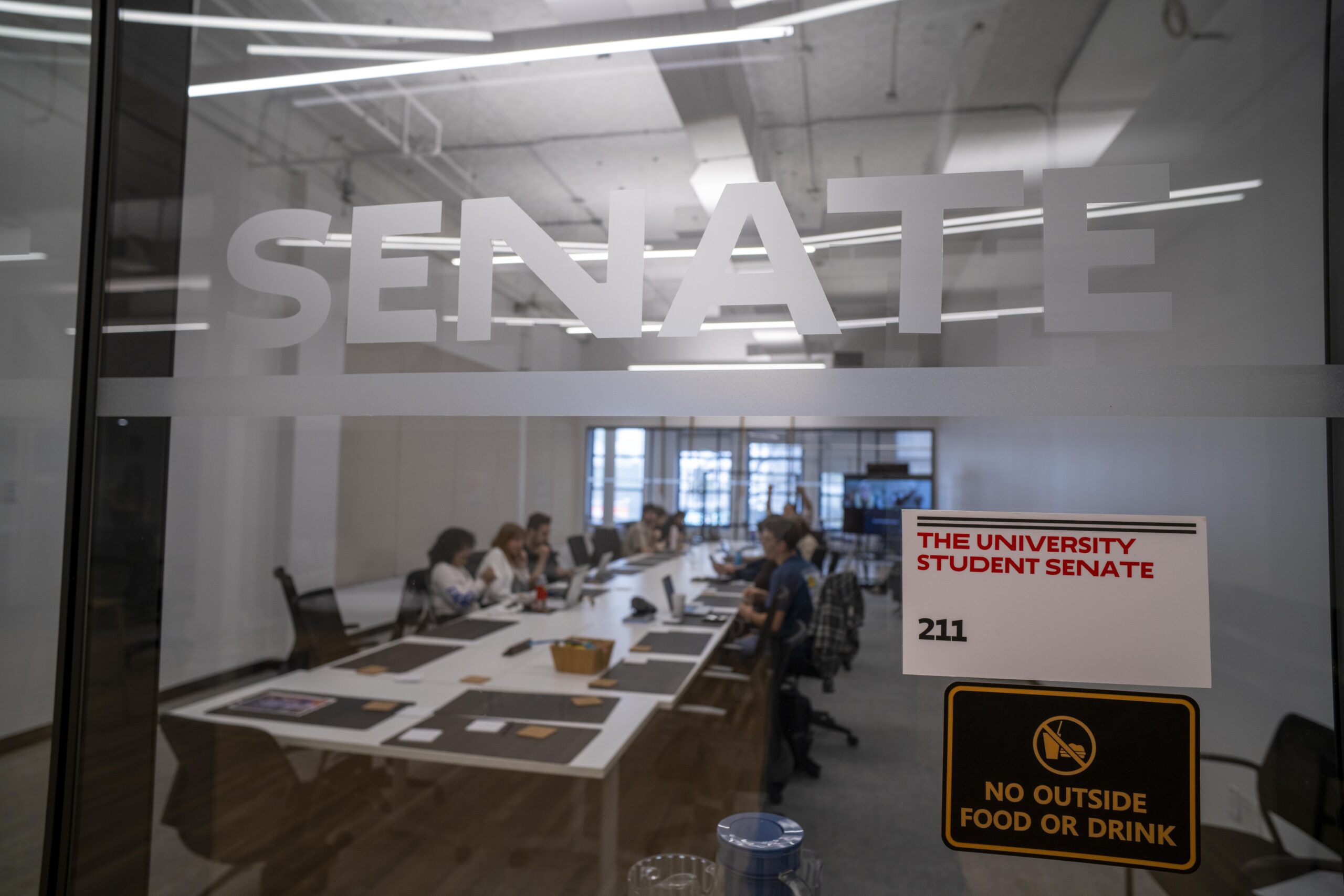
The New School hosted a panel of university presidents at Tishman Auditorium on December 3 to discuss the “Future of Higher Education.” The conversation revolved around the struggles of tuition-dependent institutions and their students in dealing with rising costs, flattening enrollment rates and mounting student debt.
Panel participants included Pace University President Stephen Friedman, Adelphi University President Robert Scott, and Barnard College President Debora Spar. New School President David Van Zandt delivered an introduction and oversaw the evening’s discussion, leading up to a question-and-answer forum between the panel and the audience.
Van Zandt recognized The New School as an institution that is highly dependent on student tuition, citing the fact that roughly 90 percent of the university’s operating budget is funded by “tuition and related student payments.” The panel raised several potential solutions to the problem of high tuition, ranging from the consolidation of classes to the downsizing of “student life” and extracurricular programs. Friedman suggested what he called the “brick and mortar” educational model found at European universities.
“Most European universities are essentially schools and nothing else,” Friedman said. “There is virtually no student life, there are virtually no [sports] teams. In many of them there are no dormitories at all. [This model] hasn’t really been experimented with in the U.S.”
Though faculty pay and financial aid were also cited as significant expenses for private universities, Spar said they are difficult areas to downsize.
“One of the things in which private education has done a great job over the last 50 years is increasing financial aid,” Spar said. “[But] unless we get rid of faculty and financial aid, we can’t cut our costs, and we’re not going to get rid of either of those things for the foreseeable future.”
While all of the panelists recognized rising tuition as an issue, Scott said many post-graduation horror stories concerning student debt is an exaggeration of the problem.
“[Journalists] use as the hooks for their stories students who graduate with $120,000 in debt, $140,000 in debt. I don’t understand how that could happen,” Scott said. “[Those stories do not] cover everybody; in fact, [they are] not even the average.”
Though the discussion focused primarily on tuition-based universities, Van Zandt acknowledged that state-dependent and endowment-dependent institutions are also struggling to address rising costs and flattening enrollments, particularly in the wake of the 2008 economic crisis.







Leave a Reply